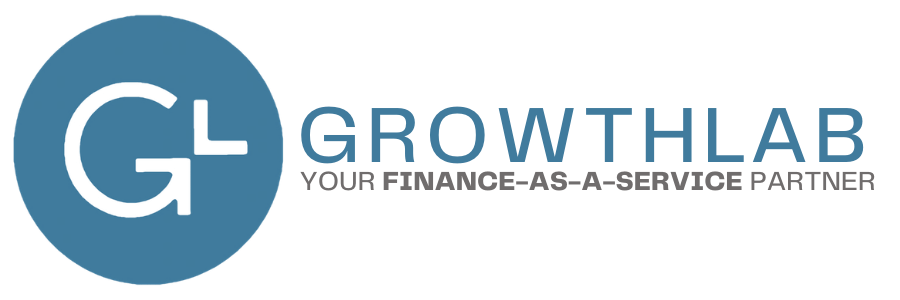What is a 13-Week Cash Flow?
For many businesses, financial statement forecasts are prepared on an annual basis and look at the numbers on an accrual basis. Therefore, you can’t depend on them to manage your business cash flow due to some of the timing nuances of specific transactions - think inventory, prepaids, etc. That’s where the 13-week cash flow comes in. Sometimes we recommend going with a higher-level monthly cash flow, but if you’re trying to get tactical and are truly worried about the timing of payments, it may be best to switch to a weekly forecast.
A 13-week cash flow is a financial statement that forecasts the inflows and outflows of your business’s cash over a 13-week period. Its goal is to help you look at the underlying moving pieces of your business’s cash transaction so you’re better prepared to make smart, short-term financial decisions.
Essentially, a 13-week cash flow allows you to determine your working capital so that you know whether you need to obtain more cash, delay or cut expenses, or focus more on growing sales to get through a cash crunch.
Why 13-Weeks?
13-weeks may seem like an odd time frame. However, it’s the length of a standard financial quarter. While you can forecast for more than 13-weeks, doing so can lead to greater inaccuracies - and oftentimes we don’t have full transparency into some of the moving pieces that far out.
Do I Need a 13-Week Cash Flow?
No matter the size or scope of your business, there’s a good chance you need a 13-week cash flow. Without one, you may not know where your cash is going or the amount of working capital you have at your disposal.
A 13-week cash flow can help you gauge how your business is performing so you can quickly resolve any challenges or take advantage of any opportunities. It’s essential if you’d like to improve your short-term financial decisions.
How to Develop a 13-Week Cash Flow
If you’d like your business to reap the benefits of a 13-week cash flow, follow these steps:
- Choose a Starting Point- Figure out when you’d like to kick off your first 13-weeks. Once you do, note the balance you have in the bank. We suggest doing it every Monday or Friday. It provides a clean starting point or break where you’re not trying to figure out uncleared transactions mid-week.
- Estimate Your Cash Receipts for Week One- Ask yourself what you expect to generate in the first week in cash receipts. When you do so, consider the seasonality of your business and what you typically earn during that time frame. Think about the timing of vendor payments. Depending on your business, it may be best to organize by vendor, too. Remember, just because you have net-30 terms, doesn’t mean all vendors will actually pay in 30 days!
- Estimate Your Cash Payments for Week One- Do the same thing you did in step two but with cash payments. Ask yourself what you expect to pay vendors, suppliers, etc. in the first week. Don’t over trivialize the small numbers. If you’re debating whether your phone bill is $50 or $65, you’re wasting your time.
- Repeat Steps Two and Three- For the next 12-weeks, continue to estimate your cash receipts and cash payments.
- Update on a Recurring Basis- At the end of each of the 13-weeks, check your bank account to determine what actually happened. Then, update your estimates or projections on a weekly basis. Use this information to consistently improve future receipt and payment forecasts.





